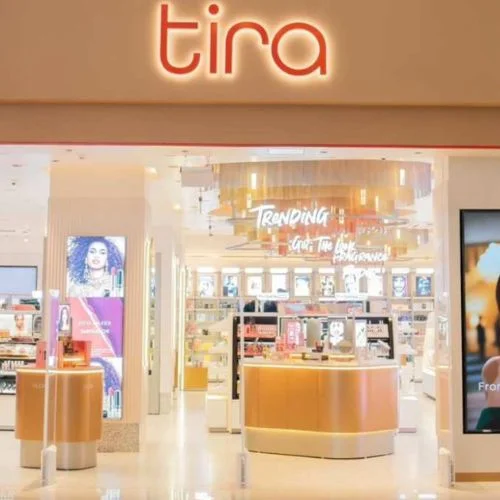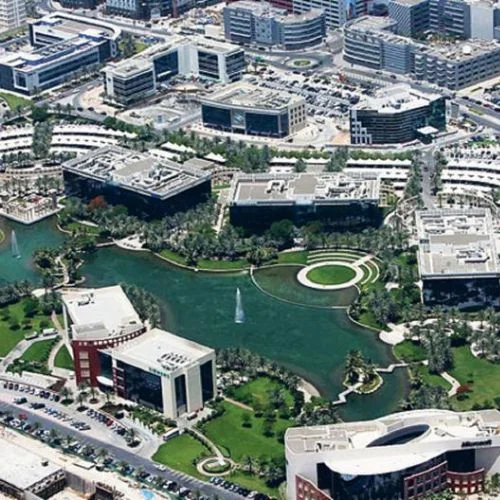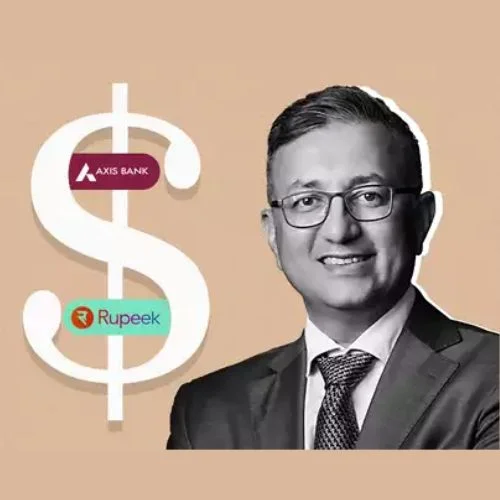Disney’s Success is one of the most prosperous businesses in the most potent economic sectors, entertainment, is Walt Disney (DIS). Disney’s Success Story was more strongly linked to the concept of the man after whom it was named before it grew to be a $238.9 billion global company with interests. This idea served as the foundation for the business’s growth into the current media behemoth that it is.
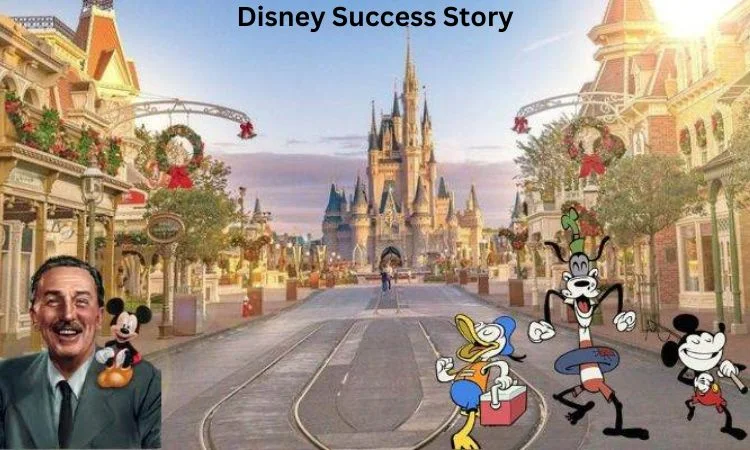
Source: Get in Startup
Walt Disney: How Entertainment Became an Empire
Disney officially became the world’s largest media powerhouse when it paid $71.3 billion to acquire 21st Century Fox’s media holdings on March 20, 2019.
Disney already owned Pixar, Marvel, and the Star Wars empire, but with the acquisition of 21st Century Fox, the Mouse now owns the entirety of Marvel Entertainment, which includes the X-Men, Fantastic Four, and Deadpool franchises. Along with Fox’s thirty percent ownership of the streaming service Hulu, the acquisition gave Disney control over sixty percent of the streaming market, including FX Networks and National Geographic. Disney struck a blow to Netflix with the introduction of Disney+, a streaming service that licenses numerous important portions of the Disney catalog.
Setting Forth, Again and Again
Walt Disney began his career working for others, as is the case with many creative talents. Walt was searching for work as an artist in 1919 after returning from serving as an American Ambulance Corps driver during World War I. At the Pesmen-Rubin Commercial Art Studio, where he met and became friends with Ubbe Iwwerks, he discovered it. One of the world’s most gifted animators, Iwwerks was crucial to Walt’s subsequent success.
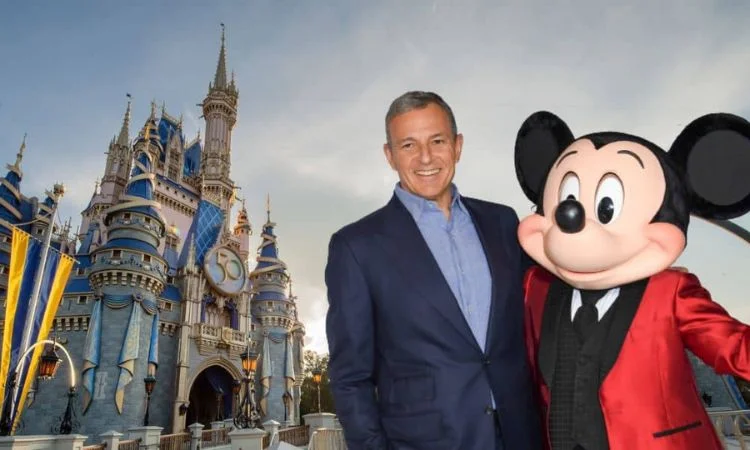
Source: The Brand Hopper
Due to their unemployment at the beginning of 1920, Walt and Iwwerks attempted to launch their studio. After their first venture quickly failed, the two went in search of paid employment. They joined Film Ad Co. as animators, where they produced the commercial shorts that aired before the films. Before long, they worked on side projects that developed into a series of humorous shorts called Laugh-O-Grams.
ESSENTIAL NOTES
- With a market valuation of $238.9 billion, Walt Disney, both the man and the business, is among the most prosperous and influential entertainment conglomerates worldwide.
- The company was only able to transition from a somewhat successful animation studio to a full-fledged entertainment experience, complete with theme parks, merchandise, cruise ships, and more, by consistently inventing and pushing the boundaries of both animation and business.
- Following its March 2019 acquisition of 21st Century Fox, Disney became the largest media powerhouse on the planet.
The Disney Brothers
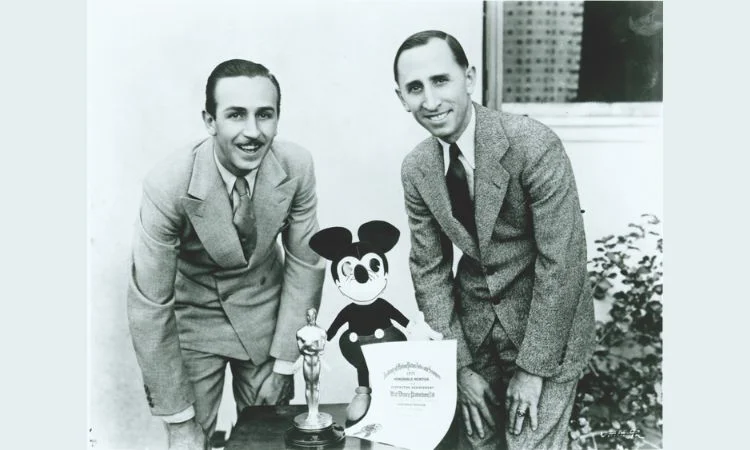
Source: The Walt Disney Family Museum
Convincing people to share his vision was possibly Walt’s least-valued talent. Without iPhones, Walt persuaded his brother Roy to assist him in founding the Disney Brothers Studio, which was eventually renamed Walt Disney Studio, in Hollywood. As it turned out, Walt was able to persuade Iwerks—who was not even spelling his name correctly—to rejoin him in the studio.
Learning Hard Lessons
Walt Disney Studio was barely making a profit compared to its earlier iterations, but it was still operating. The business was developing a character named Oswald the Lucky Rabbit for Universal Pictures. Walt and Roy were unpleasantly surprised to learn in 1928 that every one of their animators—aside from Iwerks and a few others—had been hired away by someone who was dealing with Universal.
Walt was incensed by the encounter and resolved to work exclusively for himself. Walt started looking for a new character so he could send his movies straight to distributors.
The Mouse
The origin of Mickey Mouse is a topic of debate; some stories point to a wastepaper basket in Kansas or Ub Iwerks looking through animal pictures and drawings.
Wherever he came from, Mickey Mouse is the embodiment of Disney’s history as it exists today.
Walt put up a new crew to collaborate with Iwerks on this new character. “Steamboat Willie,” the third movie, was a big blockbuster, but the other two weren’t that successful. It was also the best early example of a sound-and-animation-synchronized movie.
Staying at the top of technology became standard of course, as the business stretched the limits of animation. Disney produced the first color cartoons during the ensuing decades, including the Great Depression, and the first animated feature-length picture, “Snow White and the Seven Dwarfs.”
Disney’s IPO
Because the margins on these ground-breaking movies were so slim and the costs so exorbitant, a weak box office performance might still bankrupt the studio. With fantastic pictures to start 1940, Walt and Roy also had a huge financial load. The Disney Brothers firm was divided into four distinct businesses between 1923 and 1938, all of which had varied degrees of success. In 1938, these businesses were combined into one.
Walt Disney Studios issued 155,000 shares of 6% convertible preferred on April 2, 1940, and the company continued to operate under that name. This over-the-counter offering brought in about $3.875 million for the business.
But the brothers quickly found themselves back in debt when the box office remained weak for movies that we now regard as classics: “Bambi,” “Fantasia,” and “Cinderella.” Not because they weren’t successful; they were just exceedingly costly to produce.
Walt looked to do more, not to slow down. The brothers started making high-margin nature documentaries and founded Buena Vista, their distribution firm. Walt also started to imagine the perfect theme park, but his business couldn’t take that chance. Walt still gradually expanded Disney’s past by bringing new ventures to its main animation studio.
| Years | Revenue |
| 2014 | 48.81 B |
| 2015 | 52.47 B |
| 2016 | 55.63 B |
| 2017 | 55.14 B |
| 2018 | 59.43 B |
| 2019 | 69.61 B |
| 2020 | 65.39 B |
| 2021 | 67.42 B |
| 2022 | 82.72 B |
| 2023 | 88.90 B |
Disneyland
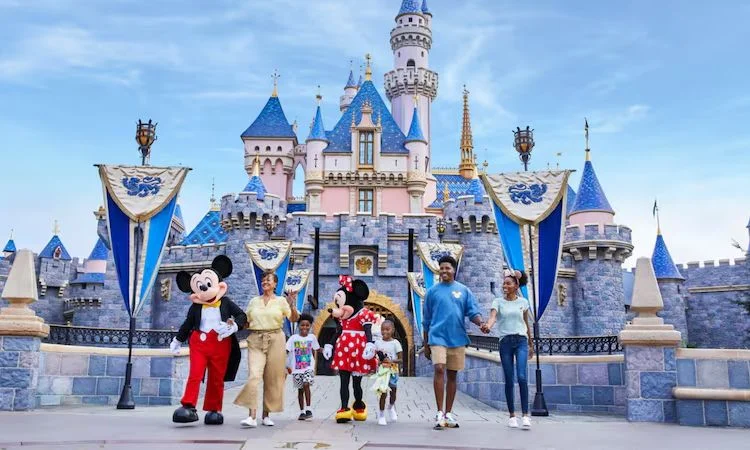
Many financial strategies were required to build the “happiest place on earth,” and Walt succeeded in making them happen. Walt still required a lot more money, even after obtaining a loan from his life insurance to fund a private corporation. He was smart enough to know that he had himself to offer. Walt founded a second private business that held the rights to his name in merchandise.
It should be noted that in 1981, Walt Disney Productions repurchased the corporation for $46.2 million in shares.
Then he made an offer to develop a television show for a TV network willing to finance Disneyland; ABC seized the opportunity.
Walt had his money, and ABC had a hit program that attracted millions of viewers and became a cultural phenomenon. Initially called “Disneyland,” but going by other names over the years, the show ran for 29 years. When Disneyland did eventually open in 1955, it was an amazing success. Walt Disney Productions acquired Disneyland throughout the following five years by purchasing Walt’s own business.
Walt Disney Productions’ gross income increased from $27 million to $70 million during these same five years, from $6 million in 1950.
For Walt Disney Productions, branding, expansion, and merchandise were all coming together. However, Walt’s death in 1966 meant that the company would have to continue without one of its founders. “Mary Poppins,” one of his final motion pictures, was the highest-grossing picture of 1964. Roy, his brother, assumed the role.
The Benefit of Disney’s Business Model
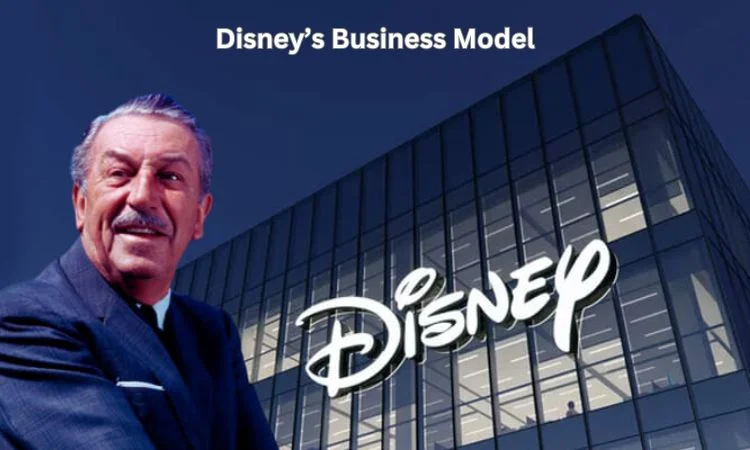
Source: Tycoonstory Media
Disney has always had a dynamic development history and industrial development path. Disney’s industrial existence depends on increasing its structure and streamlining production to sustain sustainable operations and stabilize its market position, regardless of whether the company is actively exploring the market or passively modifying it. Numerous up-and-coming businesses cannot match the early character development, inventive storylines, and numerous film production organizations.
Disney Success‘s distinct approach to generating revenue has been shaped by its unique profit model, the profit multiplier model, which depends on the accumulation of original characters to create a massive industrial chain. Particularly now that Disney has expanded online, establishing gaming communities and online communities to create a new force to advance the development of downstream industrial chain links.
Numerous other new media companies could benefit from learning this. Using these well-known figures in commercials brings in a sizable sum of money as well. Additionally, Disney will plan its derivative items concurrently with the movie’s concept and turn it over to a specialized toy maker for development. Disney also hosts an internal event known as Gong Show regularly.
All staff members congregate in a conference room to talk about how to maximize this position. Still, many modern businesses quickly begin to consider duplicate items after holding out for the film’s premiere. Other businesses might use the concept of anticipating needs and making preparations beforehand as a guide.
Beyond Walt and Roy
Disney suffered following the passing of both Walt and his brother Roy. Despite its prior accomplishments and multiple lucrative theme parks, the company’s stock price rose very little until it went public in 1957.
Hostile takeover artists started circling the firm in the 1980s because it was deemed to have such cheap brand assets, including the theme parks and the movie portfolio. After repelling the acquisition attempts, the business turned its attention to leveraging its strong brand value.
With its explosive stock growth in the 1980s and 1990s, Disney became the world’s largest entertainment conglomerate. The business has thrived and developed into a well-liked dividend-paying investment. This development received no assistance. Disney, on the other hand, views the animated image as a treasure that can be controlled and operated for a considerable amount of time, and it invests a certain amount of money and labor to maintain, manage, and operate it.
Conclusion
Towering figures and dramatic personalities abound in financial history. Growing their empires in steel, oil, fur, trains, and yes, software, made a number of the wealthiest people in history what they are today. These are all physical goods that follow a straightforward formula: reduce expenses while increasing sales. Disney, both the individual and the business, belonged to distinct wings.
Disney Success was only able to go from a modestly successful animation studio to a full-fledged entertainment experience, complete with theme parks, merchandise, cruise ships, and other attractions, by continuously inventing and pushing the boundaries of not only animation but also what Disney became as a business.









